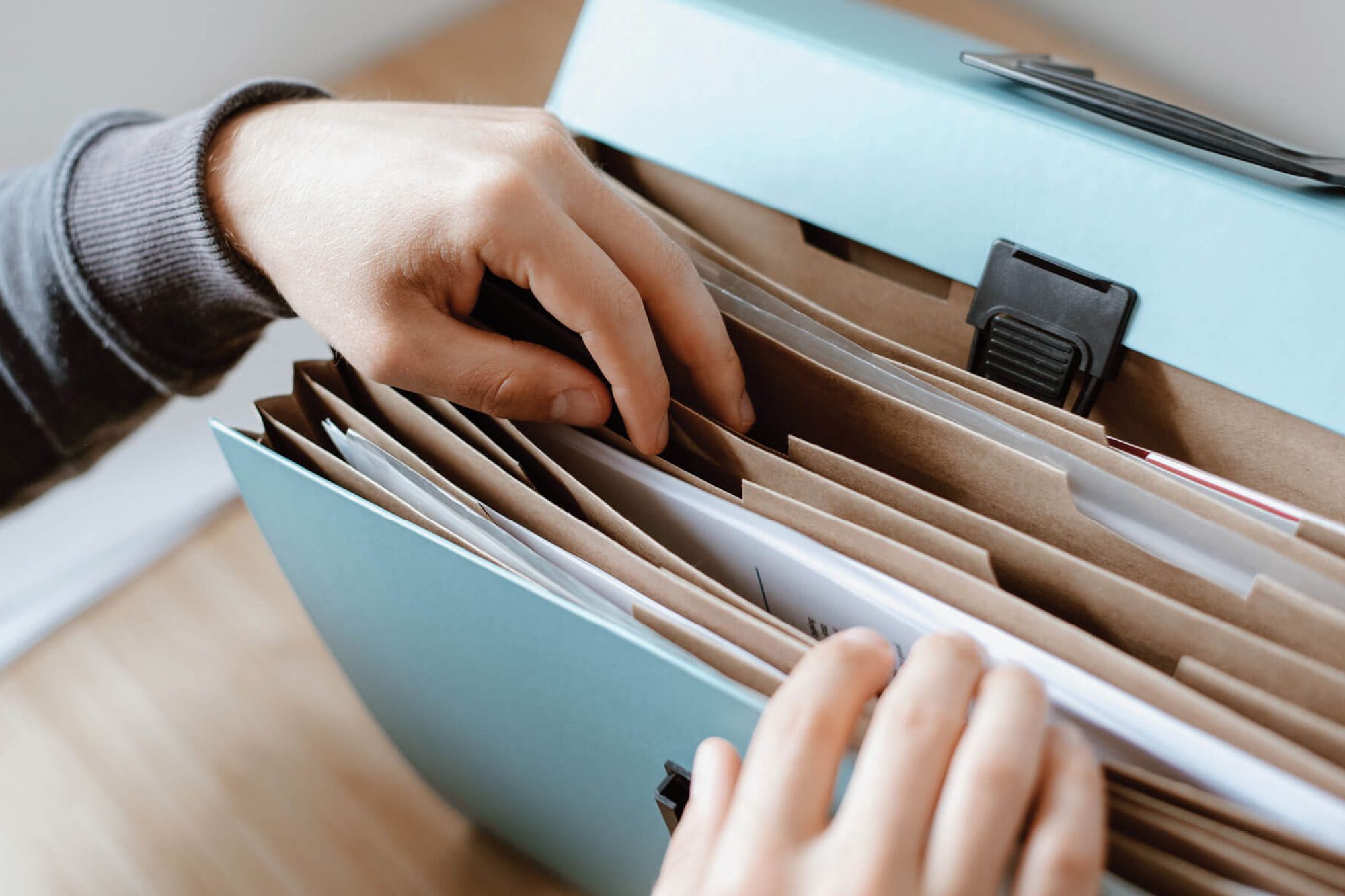
Tax deductions for depreciating assets and capital works explained
Most investors know that at tax time they can claim deductions for any property-related expenses they’ve incurred in a single financial year, such as management fees, utilities, plumbers, and so on.
But many don’t realise that they can also claim significant deductions over several years for capital expenses and the depreciation of their assets, potentially saving thousands of dollars at tax time and improving cash flow.
Let’s take a closer look.
Preliminaries
Besides claiming deductions for borrowing expenses, the Australian Tax Office allows you to claim deductions over several income years for:
- capital works, for expenses related to the permanent structures of the building and things like doors, tiles, and decks; and
- the depreciation of removable assets like appliances, carpets, or window coverings.
- Each category has specific rules, and it can be very confusing, especially for inexperienced investors, so let’s break it down a bit further.
Capital works deductions
The costs associated with certain types of building work and assets that are fixed to or a part of a building can be claimed as a tax deduction for any residential rental properties built after 17 July 1985. These include the original build cost for new buildings, extensions, alterations, and improvements.
Deductions of this type are generally calculated at a rate of 2.5% per year over 40 years or, in some cases, of 4% per year over 25 years, starting from the date of completion and based on the cost of the works, so it’s important to keep scrupulous records of any capital expenses you incur.
If you purchase a previously owned property, you have the right to claim any undeducted capital works deductions, as long as you continue to use the property to produce income.
If you’re unsure how much was spent on construction, you will have to get an estimate from a qualified professional, usually a quantity surveyor.
It’s important to remember that you can only claim for the periods that the property was being used to produce income. For example, if you rent your property for 3 months of the year and live in it for the remaining 9, you can only claim deductions for 3 months.
The formula used to estimate capital works deductions is:
construction cost x rate x (days rented ÷ 365) = claimable amount
An example
Imagine you built a small extension that cost you $30,000, and in the current financial year, you rented the property from 1 March to 30 June. Your estimated claimable amount for the year would be $250.
$30,000 x 2.5% = $750
$750 x (122 ÷365) = $250 If the property was rented for the whole year, the claimable amount would be $750, and that would continue for as long as the property was earning income, for up to 40 years.
You will need a depreciation schedule which should be prepared for you by a qualified professional, to help you work out the deductions.
Depreciating assets (or "plant")
Depreciating assets are recorded on the rental schedule under “capital allowances” and include any assets purchased for $300 or more that have a limited effective life and will decline in value through wear and tear over time. Examples include dishwashers, carpets, blinds, air conditioners, and other similar items.
As with capital works, claims can only be made for the period of time the asset was being used for producing income. Depreciation can also only be claimed on brand new items unless you purchased the asset before 7:30 pm AEST on 9 May 2017 and you installed it in your rental property before 1 July 2017.
Depreciation is calculated using one of two methods:
The first is the prime cost method, where you deduct the same amount of the original value over the asset’s effective life. The formula for this method is:
Cost of the asset x (days held ÷ 365) x (100% ÷ effective life of the asset) = claimable amount
The second is the diminishing value method, where depreciation is proportional to the remaining value of the asset. The formula for this method is:
Base value x (days held ÷ 365) x (200% ÷ effective life of the asset) = claimable amount
The effective life of an asset is defined as the amount of time an asset can be used to produce an income before its value diminishes, through wear and tear, to scrap only.
The ATO provides an annually updated list of effective life determinations, although you can also work it out yourself by deciding how many years an asset can be reasonably expected to last in good working order.
An example
Imagine you’ve purchased a new washing machine, fridge, and microwave for your rental property, spending a total of $3200. All three were installed in your rental property on 1 January, and your property was rented from that date through to 30 June and continuously thereafter.
Using the ATO’s most recent ruling, 1 we know that the effective life of all three appliances is 6 years, and we will apply that to our calculations using first the prime cost and then the diminishing value method 2 to estimate how much we can claim as a deduction for depreciation.
Claimable amounts using the prime cost method:
Year 1: $3200 x (180 ÷ 365) x (100% ÷ 6) = $250
Years 2-6: $3200 x (365 ÷ 365) x (100% ÷ 6) = $512 Claimable amounts using the diminishing value method (rounding):
Year 1: $3200 x (180 ÷ 365) x (200% ÷ 6) = $1056 (remaining base value = $2144)
Year 2: $2144 x (365 ÷ 365) x (200% ÷ 6) = $707 (remaining base value = $1437)
Year 3: $1437 x (365 ÷ 365) x (200% ÷ 6) = $474 (remaining base value = $963)
Year 4: $963 x (365 ÷ 365) x (200% ÷ 6) = $317 (remaining base value = $646)
Year 5: $646 (365 ÷ 365) x (200% ÷ 6) = $213 (remaining base value = $433)
Year 6: $433 x (365 ÷ 365) x (200% ÷ 6) = $142
These are simple examples, but if we extrapolate them to all of the depreciating assets and capital works related to a residential rental property, it’s clear that investors stand to gain significant tax benefits by claiming these deductions.
Summing up
This is a brief overview of a complex topic, and we highly recommend further reading.
The ATO provides exhaustive information on this topic here and, it’s a great idea to talk to your financial advisor or accountant to see how you can use these deductions to save money and increase your cash flow year on year.
Other property investing articles and resources
Property investment success in NSW eBook
Guide to property investment success in NSW
What is a property cycle and what drives change
Using superannuation to buy a house or unit - can it be done?
First time property investor FAQs
Disclaimer DiJones Real Estate, together with their directors, officers, employees and agents have used their best endeavours to ensure the information passed on in this document is accurate. However, you must make your own enquiries in relation to the information contained in this document and seek advice from your financial advisor, broker or accountant to ascertain its application to your circumstances.
This information is provided subject to our Terms and Conditions.
Was this content helpful to you?





